Tips for Managing Cat Shedding During the Summer Months

Introduction
As temperatures rise, cats shed more to maintain ideal body temperature. While natural, heavy shedding can lead to hairballs, allergies, and a fur-covered home. Implementing regular grooming routines and environmental modifications helps manage seasonal shedding efficiently.
1. Understanding Seasonal Shedding
Shedding Cycle Basics: Cats undergo molting twice a year (spring and fall), but summer often sees residual shedding, especially in long-haired breeds like Maine Coons and Persians.
Temperature and Daylight Influence: Increased daylight hours and warmth trigger hair follicles to release winter coats, making regular brushing essential.
2. Regular Grooming Techniques
Brush with the Right Tools:
Slicker Brushes: Effective for removing loose undercoat and preventing matting.
De-shedding Tools (e.g., Furminator): Reach deep into the undercoat, extracting loose hair without damaging topcoat. Use gentle pressure to avoid skin irritation.
Rubber Curry Combs or Grooming Gloves: Ideal for short-haired cats; stimulate blood circulation and collect loose fur.
Grooming Schedule: Brush daily during peak shedding weeks (June–July). For long-haired cats, add a mid-week bath to help loosen hair.
Bathing Guidelines: Use a cat-specific, hypoallergenic shampoo. Work in cool water to soothe skin. Immediately follow with thorough brushing to remove loosened hair.
3. Nutritional Support
High-Quality, Balanced Diet: Ensure your cat receives essential fatty acids (omega-3 and omega-6) through fish oil or flaxseed supplements. These support healthy skin and reduce excessive shedding.
Hydration: Adequate water intake maintains skin elasticity. Offer fresh water in multiple bowls or use a water fountain to encourage drinking.
Fiber Supplements: A small amount of canned pumpkin or commercial hairball formula can help hair transit through the digestive tract, reducing vomited hairballs.
4. Environmental Modifications
Frequent Vacuuming and Lint Rollers: Vacuum upholstery, carpets, and pet beds at least twice weekly. Use lint rollers on clothing and furniture between vacuum sessions.
Air Filtration: Use a HEPA air purifier in commonly used rooms to reduce airborne pet hair and dander.
Designated Grooming Area: Groom cats outdoors or in tiled areas for easy cleanup. Place a rubber mat under the grooming station to collect fur and attach adhesive rollers to the floor to catch stray hair.
5. Addressing Hairballs
Slow Digestive Transit: Encourage movement through interactive play sessions—laser pointers or feather wands stimulate exercise.
Hairball Prevention Treats: Use veterinarian-recommended gels or soft chews designed to lubricate the digestive tract. Administer according to label instructions.
Observation for Abnormal Symptoms: Intense retching without producing hairballs, loss of appetite, or constipation could signal gastrointestinal obstruction—seek veterinary care immediately.
6. Reducing Anxiety-Related Overgrooming
Behavioral Enrichment: Offer vertical climbing options (cat trees), puzzle feeders, and regular play sessions to reduce stress-induced grooming.
Safe Spaces and Hiding Spots: Provide cozy, quiet areas where cats can retreat—this lowers anxiety and prevents compulsive licking.
Pheromone Diffusers: Consider Feliway plug-ins during peak shedding to promote relaxation and reduce stress-related overgrooming.
7. Long-Term Maintenance
Professional Grooming Services: Schedule a spa day with a professional groomer every 2–3 months during shedding seasons to maintain coat health.
Monitor Skin and Coat Condition: Check for redness, dandruff, or parasites. Severe irritation may require veterinary treatment or medicated shampoos.
Seasonal Adjustments: As daylight shortens in late summer, reduce brushing frequency to every other day, monitoring for signs of stray shedding.
Conclusion
Managing cat shedding during summer requires a combination of daily grooming, proper nutrition, environmental controls, and attention to stress factors. By adopting consistent brushing routines, supporting skin health through diet, and keeping your home clean, you minimize loose fur and hairball issues. A well-groomed cat is happier, healthier, and more comfortable in warmer months.
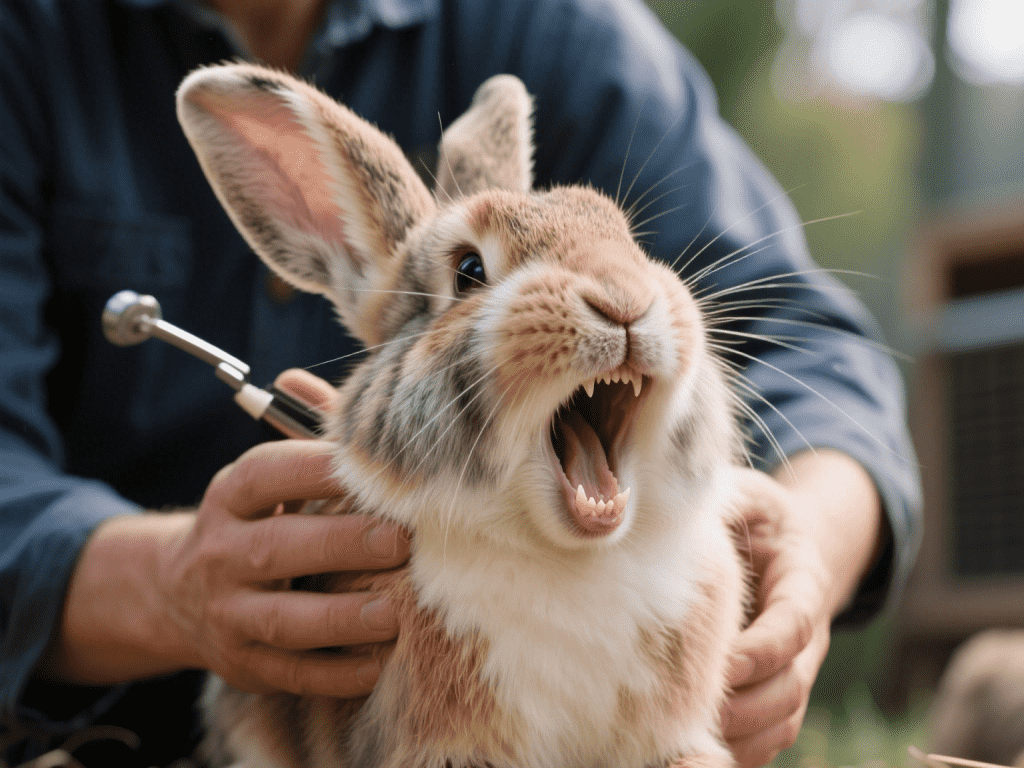
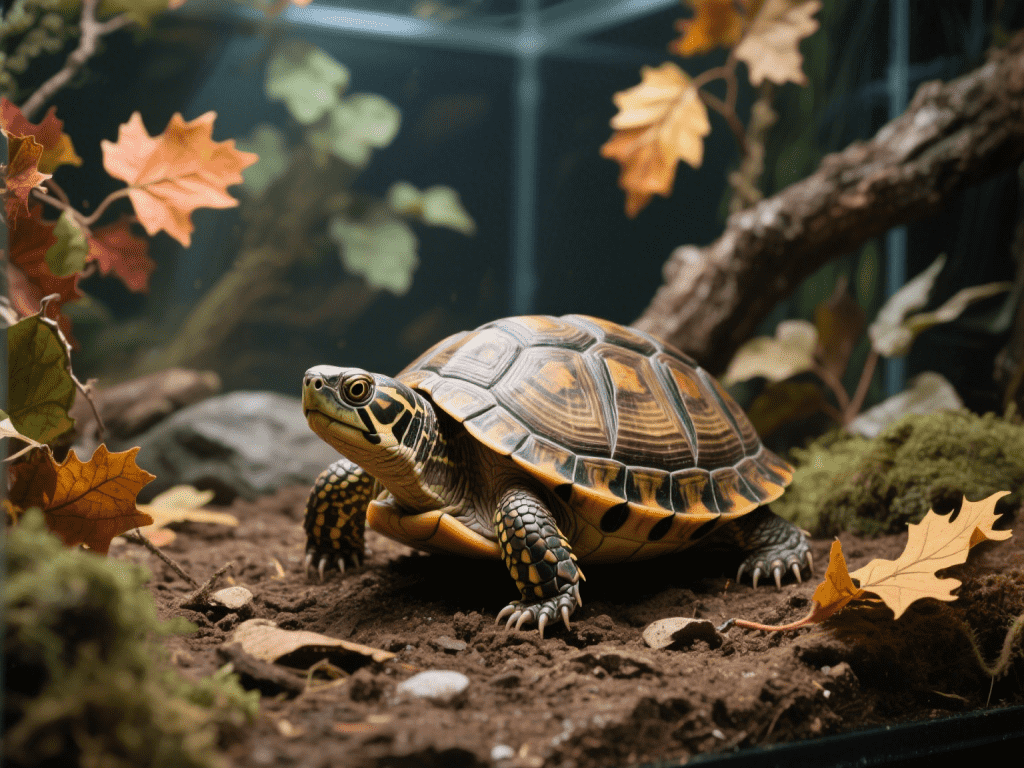

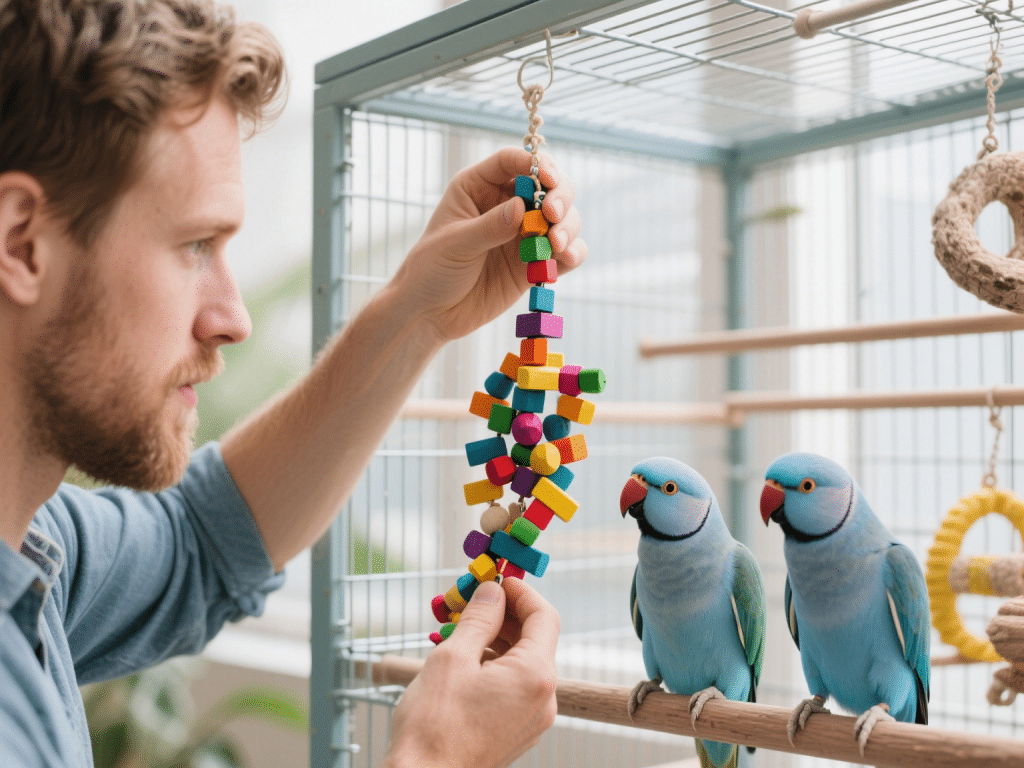

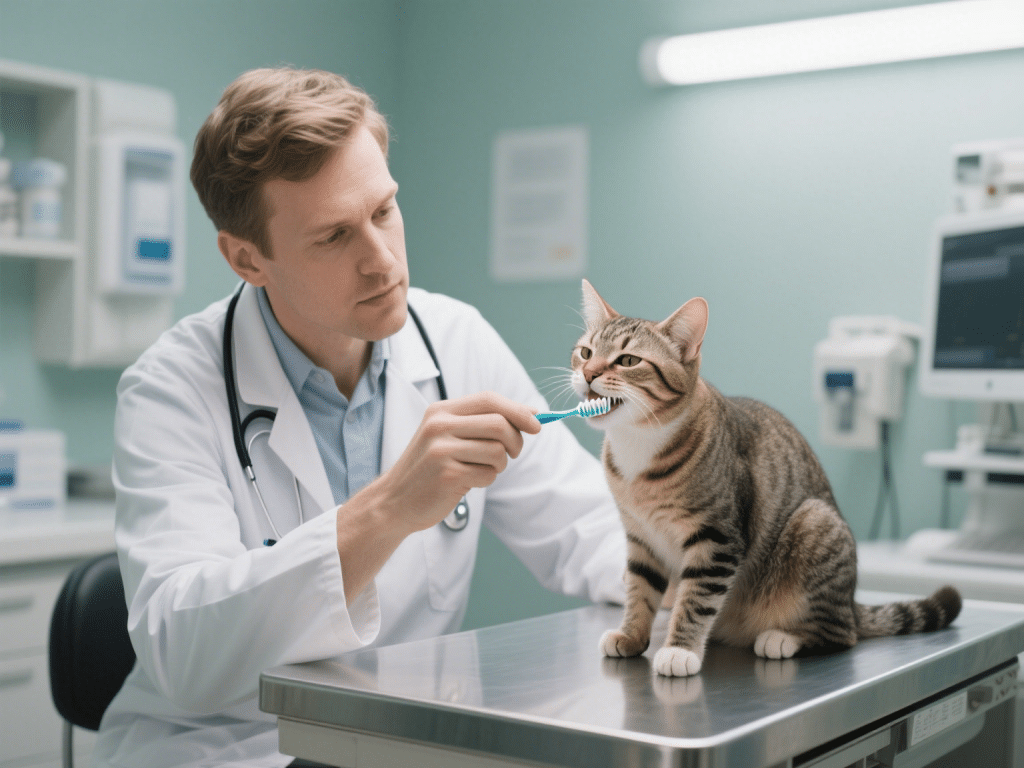


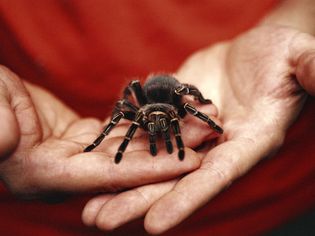
Comments on "Tips for Managing Cat Shedding During the Summer Months" :